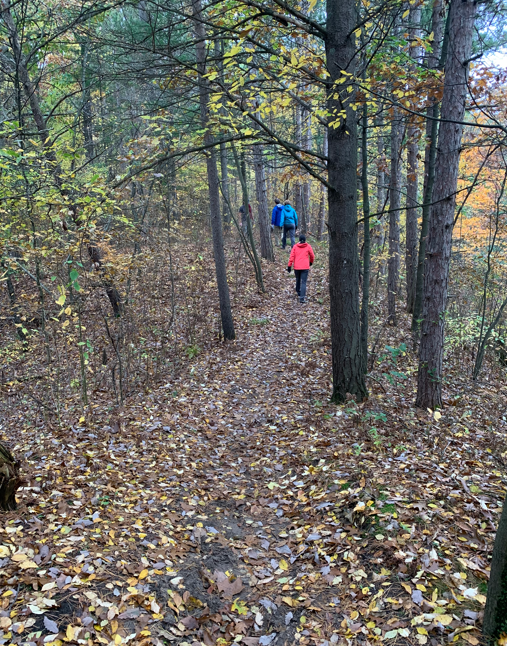Garden Clippings for November 4, 2023
Canadians love progress. Because progress makes for a stronger economy. And rarely do we question the need for larger airports, new roads, more stores, or bigger subdivisions.
But Doug Ford’s recent Greenbelt fiasco proved that Ontarians are not always ready to give up undisturbed land to make way for badly needed housing developments. After many citizens pleaded the case to keep the Greenbelt as is, Ford chose to eat his words.
Just a few decades ago, there was little public support for maintaining woodlots, preserving biodiversity and respecting nature. Today, we are wiser and more aware of the adverse effects of urbanization. In fact, we are now looking at ways to introduce nature back into urban environments.
Easier said than done. Once a woodlot or nature preserve has been bulldozed, it is a monumental task to turn back the clock and rebuild a forest.
Naturalization is a relatively recent effort to introduce green areas into urban environments. We tend to want to have municipalities take the lead on introducing biodiversity to cities, and to an extent, we have already seen success in their efforts.
In Sarnia Lambton, one of our success stories is Canatara Park, where a decade or so ago, certain areas along the periphery were turned from turf to grassland, wildflowers and native trees. For the first few years many folks balked at the untidiness, but these days most citizens have learned that even in urban areas, wildflowers and unkept swaths of land are good for cities.
The most common approach to naturalization of urban areas involves reintroducing native species to areas where it makes sense to do so. Native species have been there since the beginning, and in most cases, will thrive and survive when re-introduced to their natural habitat.
But introducing native plants into non-native environments has its challenges. Human intervention has created intense heat zones, taken away shade, and diverted water into controlled drainage systems. Worst of all, healthy soil has been removed and been replaced with compacted gravel that is reluctant to support trees and meadows.
Invasive species are another threat to both natural and naturalized areas. Because of human intervention, we have numerous weeds that often compete with our timid native species. Today’s worst is the Phragmites that is invading many areas set aside for reforestation. Unfortunately, the best way to keep weeds at bay is to pull them out until the desirable plants are strong enough to hold their own.
Home gardeners can take steps to improve biodiversity into their home landscapes. Plants and flowers of all kinds will improve the environment by cleaning the air, attracting wildlife, improving soil and making our world more attractive. Because native plants have always grown in their original habitat, they will often thrive in urban environments.


